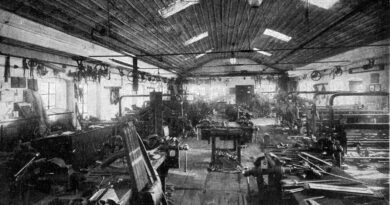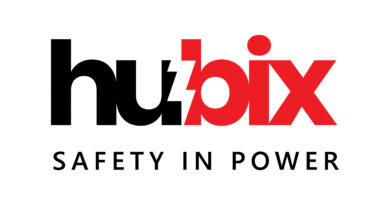BULLETIN OF INSTITUTE OF ENERGY AND FUEL PROCESSING TECHNOLOGY no. 1/2023
Rafał Fryza, Janusz Lasek, Jarosław Zuwała
Will ammonia be the 21st century crude oil?
The future of the ammonia and hydrogen market in the EU is considered in this article. A comparison of the properties of hydrogen and ammonia was made, including a comparison of their advantages and disadvantages. Ammonia properties was compared with other vehicle fuels. The volume of ammonia production in the EU is presented and the ammonia hubs are mentioned. Available technological pathways for green ammonia production and ammonia applications are indicated. The „RePowerEU” plan as the EU’s response to Russia’s unprovoked and unjustified military aggression against Ukraine, which aims to adopt more ambitious targets and accelerate energy transition and industrial decarbonization, was discussed. In contrast, Japan’s Ammonia Roadmap, which relies on the co-firing of ammonia in thermal power plants and as fuel for ship propulsion, was also introduced. ITPE’s activities in ammonia application as an energy carrier (including the „MethaHydrAmmon” project) were also discussed. It was explained that ammonia and hydrogen should be considered as possible energy carriers from the entire palette of available solutions. However, they should be treated as one, but not the only energy carriers and only up to a certain share in the overall energy mix to ensure diversification and energy security.
Read more…
Małgorzata Wojtaszek-Kalaitzidi, Edyta Misztal, Jarosław Zuwała
Energy storage. Pros and cons of using waste biomass as a precursor material in electrode production
At the Institute of Fuel and Energy Technology, research was conducted with the aim of selecting and evaluating various precursors derived from raw and waste biomass for their potential use in the production of SC electrodes or matrices for heat carriers in multiphase systems. Materials from the tobacco industry, RDF, straw pellets, and MDF (Medium-Density Fiberboard) furniture waste were among those tested. Waste biomass subjected to modifications such as pyrolysis, activation, ion modification with Cu and Ag, exhibited highly favorable and promising properties. The research allowed for the determination of morphology (SEM, optical), assessment of the susceptibility to modifications of individual materials, as well as their stability, specific surface area, and porosity.
Read more…
More in the issue 11/2023 Energetyki.



